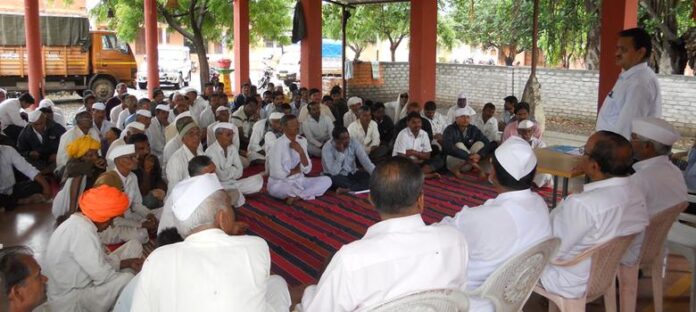The traces of a formal Panchayati Raj system were prevalent in ancient India. In India, Panchayati Raj originated in the 2nd millennium BCE during Vedic times. Since Vedic times, the villages in the country have been considered the basic unit for regional self-administration. The present Panchayati Raj is way different than the traditional Panchayati Raj system that was envisioned by Mahatma Gandhi. He advocated Panchayati Raj as the foundation of India’s political system in the form of decentralised government, in which each village would be responsible for its own affairs. The term for such a vision was “Gram Swaraj” (village-self governance).
Lord Ripon, renowned as the “good viceroy of India,” initiated many reforms to ease the plight of the local Indians during his tenure as the viceroy. Chief among these reforms was the introduction of local self-government, the first of its kind in British India. The Panchayati Raj system was first adopted by the state of Bihar in the Bihar Panchayat Raj Act of 1947. Later, it was implemented by the state of Rajasthan in Nagaur district on October 2, 1959.
The foundation stone of the Panchayati Raj system was laid on the ideals of “democratic decentralization,” “economic and social justice,” and “inclusive development,” irrespective of caste, religion, and ethnic differences.
The caste system is a major impediment to the proper functioning of India’s Panchayati Raj system. The practise of the caste system, or Varna system, is deeply rooted in Indian society; since its inception, power and governance have been in the hands of the upper caste, or so-called elite people. Their self-centred hegemonic motives result in the dehumanisation of socially backward people like Dalits and Adivasis, whom they call Shudras. In a panchayat, there are 14 to 15 ward members, all elected directly by the people. The cabinet of elected ward members is headed by Mukhiya. The Mukhiya is solely responsible for assigning work to ward members and initiating new development initiatives in a ward.When a man from an upper caste holds the position of Mukhiya, he ignores the needs of socially backward people. When a man from a socially backward section becomes Mukhiya, he is ignored by the few dominant caste ward members in the panchayat. This vicious system of caste dominance directly affects the proper functioning of the Panchayati Raj system, results in hampered growth and animosity between social groups, and keeps the poor on the verge of destruction.
Contemporary India is ruled by totalitarian right-wing Hindutva ideology; the Manusmiriti, a misogynist book with a gender bias and a book responsible for the caste system, serves as the model for governance. In the era of religious hegemony, living a dignified and honourable life is challenging for the poor.
The learned and literate people of the village from all social groups should collectively take steps to assure equal distribution of wealth, keeping the rights of socially backward groups, ensuring a safe and secure environment for minorities, and focusing on the idea of inclusive growth in villages.



Mashallah acha article hai
Jazakallah❤️
Wow, incredible blog structure! How long have you been running a blog for?
you make running a blog glance easy. The overall look
of your website is wonderful, let alone the content material!
You can see similar here najlepszy sklep
how to buy generic clomiphene without dr prescription where buy generic clomid without dr prescription can i purchase cheap clomid without a prescription get clomid pills get cheap clomiphene online where can i get cheap clomid without dr prescription clomid remedio
Thanks towards putting this up. It’s understandably done.
I’ll certainly carry back to review more.